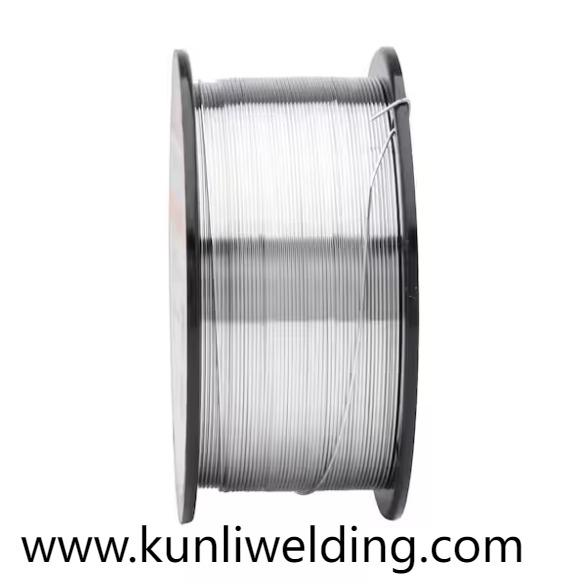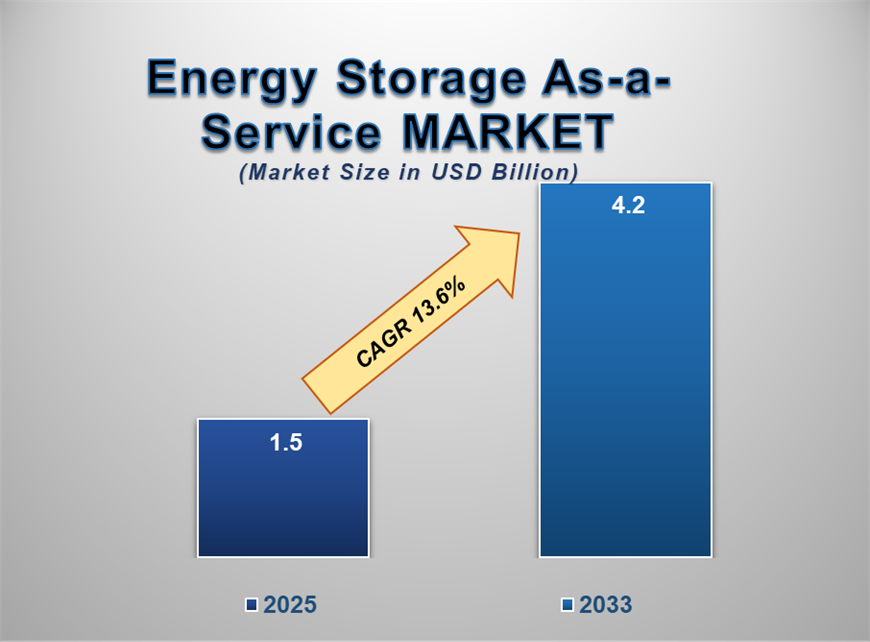Are Aluminum Welding Wire Manufacturers adopting tighter batch traceability standards?

In modern fabrication circles Aluminum Welding Wire Manufacturers have a significant role in keeping assembly lines moving and finished products reliable. As demand grows for lighter structures and resilient joins, buyers are paying closer attention to what separates a spool that feeds smoothly from one that causes unexpected downtime.
Good manufacturers start at the material source. Incoming scrap or virgin metal that is checked for chemistry and cleanliness reduces surprises during drawing and extruding. Suppliers that can show a material trail from melt to spool give procurement teams practical evidence to match a delivered coil to production records. That traceability shortens root cause work when a weld sample behaves differently from previous lots and speeds corrective steps.
Process control comes next. Consistency in diameter, strand lay, and surface finish is largely an outcome of stable drawing and stranding operations. Inline inspections at critical steps flag deviations before a full coil is completed. Many makers implement simple go no go checks, visual inspections and dimensional sampling that feed into a lot record. When those checks are routine the coils that reach the dock tend to be uniform and require less setup on the shop floor.
Packaging and handling are often underestimated sources of variability. A perfectly made spool can be compromised by poor wrapping or rough handling in transit. Manufacturers that invest in protective inner wraps robust spool flanges and secure outer packaging reduce the chance of mechanical abrasion and moisture ingress. Clear visible spool marking that ties to the lot record helps receiving inspectors match the physical coil to documentation without delay.
Supplier documentation and suggested parameters help shops move from sample to production faster. Practical notes on feeder geometry recommended drive roll profiles and suggested shielding gas ranges reduce the time spent dialing in settings. When those notes are paired with a short, reproducible pilot script the receiving team can validate feedability and bead profile with objective evidence rather than trial and error.
Lot based acceptance and staged release go hand in hand with quality assurance. Buyers who require an initial pilot quantity to be tested under production like conditions and who then release subsequent volumes once acceptance checks pass mitigate risk while still securing favorable commercial terms. That staged approach keeps both parties aligned on what constitutes acceptable performance and prevents large shipments from being rejected without a clear remediation path.
Testing and audit frequency matter. Regular internal audits of process steps and an occasional external review of supplier control systems keep improvement cycles active. Simple metrics such as in process yield and returned coil rate are practical indicators. When suppliers share those indicators with customers in a straightforward way it builds confidence and reduces disputes rooted in miscommunication.
Operator training and clear handoffs complete the picture. Even the best coil will perform poorly if feed path set up and gas delivery are inconsistent. Manufacturers and customers who provide short, focused training on handling, feed path checks and quick bench test procedures reduce variability once a spool reaches the welding cell. Training is a modest investment that yields fewer line interruptions and steadier production.
Sustainability and resilience are also influencing how suppliers present their quality story. Buyers increasingly ask about scrap segregation, remelt practice and packaging reuse because those practices affect supply reliability and arrival condition. Suppliers who can show pragmatic approaches to material recovery and protective packaging make qualification smoother and support longer term procurement planning.
In a landscape where supply chains and production demands change rapidly, objective evidence is the common language between buyers and suppliers. Lot traceability, inline process checks, protective packaging, clear pilot scripts and a small investment in training are the practical elements that help Aluminum Welding Wire Manufacturers deliver consistent quality. When those pieces are in place, welding teams spend less time adjusting and more time producing parts that meet specification.
For product pages and handling guidance that support incoming inspection and pilot planning, consult supplier resources such as the ER5183 product information available at www.kunliwelding.com which include practical notes you can adapt into acceptance scripts and shop checklists.



